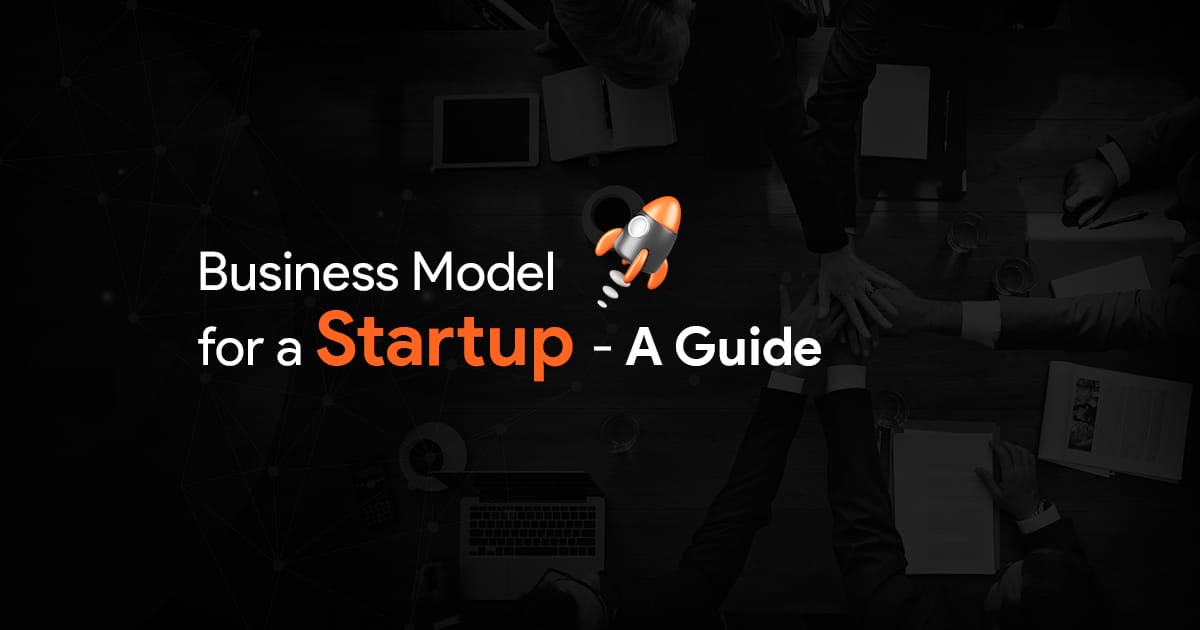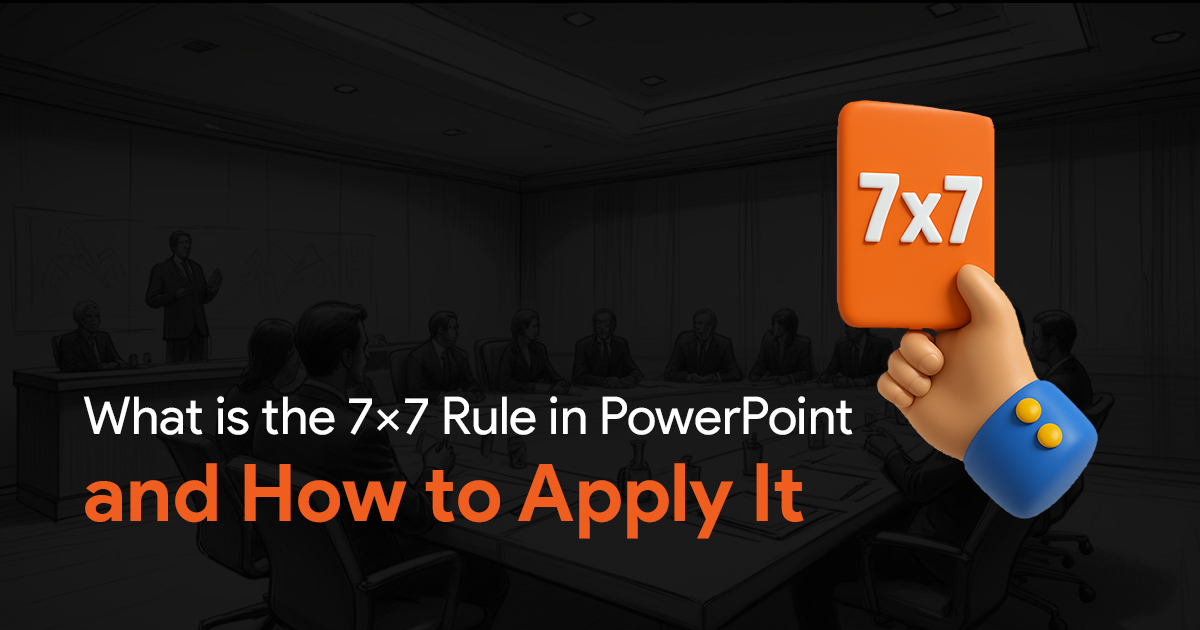- Use A Blueprint
- Use Scalable Models
- Recognize The Cost Structure, Pricing, And Channels of Marketing
- Identify Your Revenue Model
- 1. Marketplace Model
- 2. On-Demand Model
- 3. The Disintermediation Model
- 4. Subscription Model
- 5. Freemium Model
- 6. Virtual Good Model
- 7. Reseller (Magic) Model
- Choosing the Most Profitable Startup Business Model
- To Recap
Business Model for a Startup – Ideas, Guide, Examples

What is a business model? The simplest explanation is that it is a specification that describes how a business will achieve its purpose. To put it formally, a business model is a theoretical structure that supports the feasibility of a business, along with its goals, purpose, and continuing plans to achieve those goals. Basically, a business model defines the manner in which the business will earn revenues. However, a revenue model is different from a business model, as it only concerns itself with your revenue streams. ‘Business model’ is a broader term involving several business aspects like vendors, employees, marketing, etc. To be able to zero in on a business model for a startup, you would need to consider multiple factors and make several decisions with regard to your business.
First and foremost, you need to answer these questions:
Who is my customer?
Every business has a target audience, an ideal customer. For example, if you’re making cosmetics, your ideal customers are women, say in the age group of 16 to 65; if you’re manufacturing higher-end electronic gadgets, your ideal customers are individuals aged 20 to 50 and in a high-income bracket – and so on. Your business model will be dictated to a large extent by your target audience.
What’s the domain of my business?
Your business domain refers to your industry or overall area of activity. This could be finance, retail, software, hospitality, construction, etc.
How is my business different from the competitors?
What is your USP – unique selling proposition? What can I offer my customers that my competitors cannot? That defines your USP. An example is Domino’s offer of pizza in 30 minutes, or you get it free.
What value do I bring to my customers?
By providing these products, are you delivering value to your customers? Are you solving any of their problems? Giving them something useful? For example, if you provide home nursing services, your value delivery is giving customers the convenience of care at home.
Let’s now see how to choose a business model for a startup:
Use A Blueprint
While you must consider many factors, you don’t have to always do everything from scratch. Look at the big names in your industry and follow their example; maybe tweak it to make it fit your specific business requirements and goals. You may have to change the revenue model but have the same value propositions, and so on. You could also try using a business model from another industry and use it in your domain. While this has an element of risk, the first business to dare to do something different usually reaps rich rewards.
Use Scalable Models
It is imperative for startups to be scalable – it’s no longer a choice. Doing business is always risky; you need the potential of the business to be very good because only then will it be worth your while, and that is exactly the reason why your business must be scalable.[SKP1] Software solutions have very low costs of adding new customers and are hence very scalable.
Recognize The Cost Structure, Pricing, And Channels of Marketing
You need to figure out how much it costs to build your product or operate your service and deliver it to the customer. You need to compare it with competitor prices for similar products/services. When you know the proper cost structure, you can price your offering better, choose appropriate channels for marketing, and pick the right revenue model. It is very common to see many software solutions being offered for free; if you take this route, how will you earn money? Most businesses do this through advertisements and affiliate offerings. The Freemium model is better – where you offer some limited features for free but charge for advanced ones. Again, it’s not the perfect solution. It would be wise to avoid the free model when your business is in its infancy.
Identify Your Revenue Model
Transactional and Subscription models are the two broad categories of revenue models. While the subscription model offers temporary access, the transactional model is based on each transaction: customers purchase a product, and you accept payment from them. The transactional model is what is employed in most retail stores or even for services; you buy groceries from the supermarket and pay at the checkout; you consult a doctor for your ailment and make a payment.
However, in the digital world, and to ensure scalability, the subscription model makes more sense. It promises recurring returns to the business, along with a predictable income. The customer is also with you for a longer time. Of course, the customer has to make a payment upfront initially; but they can continue using your services for longer. Examples are your subscriptions to Amazon Prime, your mobile service provider, and so on.
Here are a few different business models for you to consider. See which one is most aligned with your business goals.
1. Marketplace Model
This model enables you to act as the medium or platform for buyers and sellers to connect; the best example of this model is Amazon. They handle transactions between customers and vendors but don’t store any products, which means no overheads. If you are a marketplace, you don’t have to worry about producing or selling products – and yet make a small commission from every transaction. Of course, you should be able to convince businesses why they should use your marketplace; make sure you build something different from what people are used to currently.
2. On-Demand Model
As the name suggests, the on-demand model delivers services to customers as and when they demand them. Food aggregators, salons, supermarket delivery services, and call taxi services like Uber are all examples of the on-demand model. As you can see, it is a very popular business model for a startup, especially if your target audience is of younger age and wants instant gratification. You will need to put in more effort, but it’s very efficient and economical; you can reduce expenses thanks to freelance service providers. You can also use existing infrastructure[SKP2]
3. The Disintermediation Model
The name is self-explanatory: do away with the middleman and reduce the cost of business operation. The advantage is that the end user needs to pay a much lower price for products and services; here, the manufacturer directly sells to the end user – this is different from the usual retail model where the manufacturer ships to a wholesaler, who then sells to various retailers, taking a small profit[SKP3] . If you have the resources that will let you manufacture and distribute or sell the goods, it is ideal.
4. Subscription Model
We have spoken about this model briefly; here, a business sells a service for a monthly, quarterly, or annual subscription. The user pays once and continues using the service over a long period. Streaming services usually follow this model: Hulu, Netflix, Amazon Prime, Spotify, etc. This model is ideal for businesses with a target audience that wants convenience (or is a bit lazy!) unless you have provided terrible service. Most customers will pay their renewal on auto – so you get almost assured recurring revenue, which is an ideal business model for a startup.
5. Freemium Model
Earlier, we say how many software companies have this model where they offer certain basic features of their solutions for free, with the advanced features being available for a fee. If you are an IT startup, you could start by offering a free package that offers bare-bones products and charge for extra features. Many no-frills airlines also follow this model; while the ticket may be very cheap, you must pay for everything, like choosing a seat, food, baggage, etc. You can make it attractive to the customers to purchase your premium features; of course, you will be able to achieve that only by ensuring that your free features are good enough and enticing enough.
6. Virtual Good Model
Mostly used by video game vendors, this model allows customers to buy virtual goods – extra lives, weapons, materials, etc.– which can only be used in that game. You could create virtual gifts that people can purchase and send to their loved ones via social media or email. Very little investment is required here; you can get pretty good margins in this model.
7. Reseller (Magic) Model
Reselling is similar to the marketplace. As a reseller, you market and sell products made by someone else, and the maker ships the product directly to your customer as if you are the one sending it. You don’t need to stock inventory or employ sales staff, which means you hardly have any overheads. Some resellers store some inventory at their warehouses before products are shipped to the customers who order them. The best advantage of this model is that it’s a tried and tested method of revenue generation with minimal risk. E-bay is an example of the reseller model.
Choosing the Most Profitable Startup Business Model
Each business model we discussed here has its advantages that you can enjoy when launching your startup. While some models may offer the benefit of low inventory and costs, others may offer high profits; some models may offer slow but steady growth, and others rapid growth with heavy investment.
But eventually, it all depends on what we discussed initially – your target audience, your product or service, the industry or business domain you belong to, your cost structure, marketing channels, and so on. Once you have identified the ideal business model for your startup, you should start drawing up a plan for your business growth. Once that is done, it is time to focus on building your business.
You have to look at funding sources, develop a business plan, conduct feasibility studies for your product or service, and find economical space (for office, factory, etc.) and necessary equipment. Joining an incubator is an excellent idea to get access to all the facilities you require at a reasonable price.
To Recap
Don’t hesitate to use competitors or startups in other industries as a base for your business blueprint and ensure that your business model is scalable. It is very important to understand your cost structure, as this will dictate your pricing and choice of marketing platforms. Finalize your revenue model and check which business model best suits your product and target audience.
We are sure this article has given you some pointers, and you have a clearer picture in your mind regarding your startup business. Do tell us if you have any more ideas!


